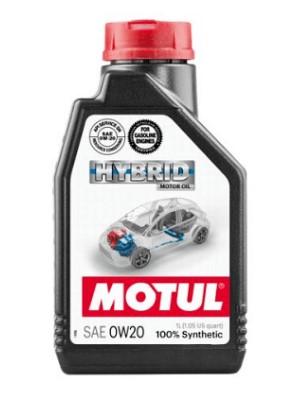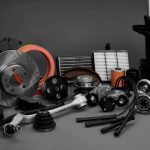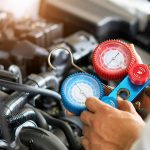Vital fluids for engine health
You would think we are talking about fuel. Yes, because if we talk about liquids and engines, it is the first thing that comes to our mind, at most the coolant. This happens because, unfortunately, we tend not to correctly consider the importance of engine oil, the lubricant system that, even more than all, is the guarantor of our car’s good health.
Table of Contents
What is engine oil
Without going into too much detail, we can define engine oil as the defender or protector of metal surfaces. Its task is to reduce the friction between the engine’s mechanical car parts in contact with each other. If it seems little to you, know that it does much more. It is, in fact, fundamental for the cooling of the mechanisms as it “carries” the heat from the hot zones to the cold ones keeping the mechanical components clean. In short, the engine oil is an element not to be underestimated, and that is why we want to give you some advice to choose the one that suits you best.
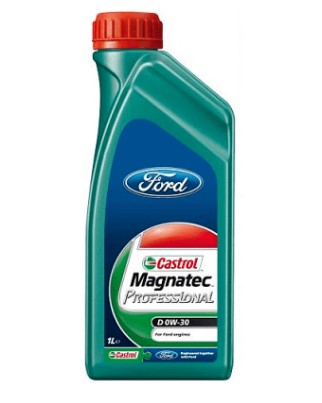
The engine oil label: how to understand its specifications
Engine oil specifications are usually represented by an abbreviation that describes its characteristics and what it is intended for. These are not random parameters chosen without criteria: for each of these specifications, numerous tests have been carried out in the laboratory and on the road to understand their suitability and suitability. Understanding what is written on the label is the first step in making a correct choice.
How to choose engine oil
Each engine is different and has different lubrication needs. Owner can find this initial information in the vehicle’s owner’s manual. In particular, it refers to the API – ACEA – Manufacturers specifications. These are essential specifications because they are the ones that establish the minimum requirements to be used with the type of engine mounted on your car. The second characteristic to consider is the SAE viscosity, which is always indicated in the booklet and helps to define the degree of density useful for the engine’s correct functioning. Based on variable factors such as the outside temperature (a reference table is usually indicated in the booklet).
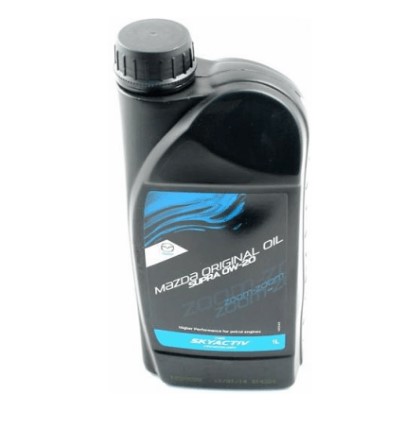
To choose the most suitable engine oil, we recommend you to
- consult your vehicle’s owner’s manual, the section on lubricants;
- Identify the correct viscosities;
- Identify the specifications required by the manufacturer (e.g., ACEA etc.).
One more thing you can do to protect the health of your engine: how to check levels
As we have already said, good engine oil has essential functions, both for its correct functioning and to preserve it from wear and time passing by. The change should be done periodically and is an operation that is usually done during the coupon. Apart from this regular practice to be done when indicated by the mechanic, it is good to check the level often and top it up every time it is needed if the level drops below the minimum.
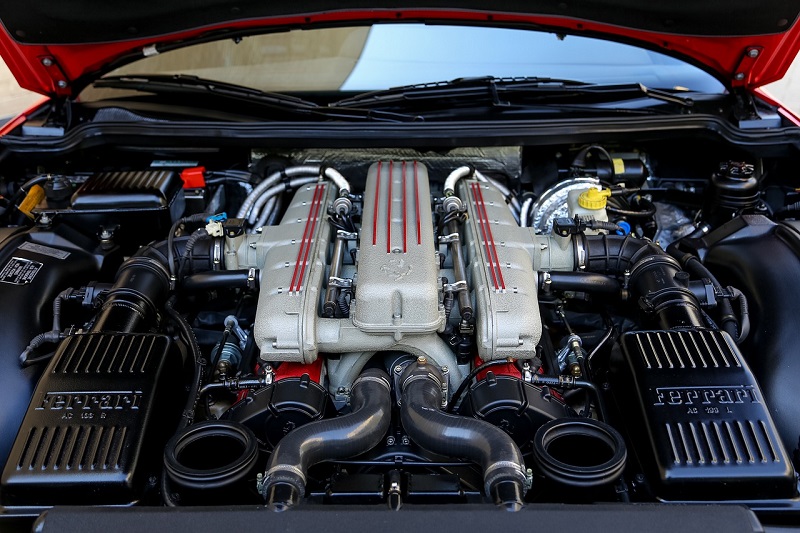
Checking, the tank’s oil level may vary from vehicle to vehicle. The most common method is undoubtedly the measurement and control by dipstick. This should be done when the engine is cold: remove the dipstick, clean it, insert it again, and put it back in place. The trace left by the oil should be positioned between the minimum and maximum marks.
Porthole: present in some types of motorcycles: it is a transparent window through which we can see the oil level.
Whatever method you have installed to check the engine oil, always remember that it is good to check when the engine is cold: the pressure could simulate a higher oil level than the real one. Moreover, it is a type of operation that must always be carried out on the level ground, without slopes or obstacles under the wheels, to avoid wrong measurements. Moreover, it is necessary to use the same type of engine oil.
If you still have doubts about changing the engine oil, the reference is always the same: the owner’s manual. If, on the other hand, you suspect that a complete oil change is necessary, rely on a professional: it is not the change that is difficult, but the used oil requires precise disposal to avoid pollution.
From ther same Category:
- How to Choose the Best Car Battery
- What makes the car air conditioning work
- Finding the Best Auto Repair Downriver MI
- Why you shouldn’t just Google your DTC car problem?
- Never underestimate any part of the engine to replace
- Important informations about car motor oil
- How to protect your car from the storm
